
What is better for room ventilation Extractor Fan vs Single Room Heat Recovery Ventilator
What is room ventilation?
Room ventilation is the process of exchanging indoor air with fresh air from the outside to maintain air quality and comfort within a room or building space. This process removes pollutants, moisture, odours, and excess carbon dioxide while providing fresh, oxygenated air. Effective room ventilation is crucial for creating a healthy, safe, and comfortable living or working environment.
Natural ventilation mainly occurs by opening windows and doors and ventilation hatches through which air is exchanged.
Mechanical ventilation in rooms is mainly handled with various exhaust fans, which carry out air output outside the room, while fresh, cool air from outside flows in through openings or windows and doors.
Heat recovery ventilation is a type of mechanical ventilation, where the heat recovery ventilation unit carries out the removal of indoor air to the outside and the introduction of fresh air into the room, performing heat exchange.

Extractor Fan vs single room Heat Recovery Ventilator
When comparing Extractor Fans (exhaust fan) and Single Room Mechanical Ventilation with Heat Recovery (MVHR) systems for room ventilation, the best choice depends on your specific needs, budget, energy efficiency goals, and the climate where you live.
Extractor Fans
Extractors or Exhaust fans are designed to remove moisture and stale air from a specific area, such as a bathroom or kitchen. They are effective at preventing condensation and mould growth.

An exhaust fan is generally easier and cheaper to install compared to whole-house Mechanical Ventilation with Heat Recovery (MVHR) systems. Although when comparing the installation of Exhaust Fans and the installation of a Single Room Heat Recovery Ventilator. The level of complexity is similar if there is a suitable location for installing the Single Room MVHR.
An exhaust fan initially offers a lower initial installation cost. However, in the long term, a decentralised Heat Recovery Ventilator provides a more efficient ventilation solution by continuously exchanging air and retaining most of the room's heat.
Extractor fans are designed to ventilate spaces by removing stale, moist air but cannot recover heat from this air before expulsion. As a result, during colder months, the continuous operation of these fans can contribute to the loss of indoor heat, necessitating increased use of heating systems. This can lead to higher energy costs as more energy is required to maintain a comfortable indoor temperature.
Ideal for retrofits or new installations, single-room Heat Recovery Ventilation systems are a smart investment in energy efficiency and improved indoor air quality in specific problem areas in a building.
Single Room Mechanical Ventilation Systems with Heat Recovery (MVHR)
Single room Heat Recovery Units provide balanced ventilation, extracting stale air and bringing in fresh, filtered air from outside. MVHR recover heat from the extracted air to warm the incoming air, which can significantly improve energy efficiency.

Installing a decentralised heat recovery device is similar to installing an Exhaust Ventilator, requiring a hole of the appropriate diameter in the high-speed wall and an electrical supply. The most important points for a successful choice of type, location and model are summarised below.
Decentralised Single Room MVHR ventilation system allows you to achieve a comparable ventilation effect in the room as if choosing a more complex and expensive whole-house MVHR system.
A little higher initial cost, but the investment would pay off over time. The cost of heat, which would otherwise be released during the ventilation process, would be reduced. Functionally, a decentralised Heat Recovery Ventilator would be comparable to a whole-house MVHR system, only installed in each individual room.
Single Room Ventilation units with Heat Recovery are highly efficient as they recover up to 85-90% of the heat from the outgoing air, reducing the need for additional heating.
Ideal for improving indoor air quality and energy efficiency in specific rooms or homes where installing a whole-house system is not feasible.
Decision Factors
In colder climates, the heat recovery feature of Heat Recovery Ventilation can offer significant energy savings.
A single-room mechanical ventilation system with heat recovery (MVHR) is designed to manage air quality effectively in certain areas of a home or building, especially where there is high humidity or odour levels, such as bathrooms, kitchens, or laundry rooms.
Decentralised MVHR for ventilation helps maintain an optimal humidity level, reduces the risk of mould and moisture, and effectively neutralises odours, creating a healthier living environment.
If upfront cost is a concern, extractor fans are more affordable.
For those looking to reduce their carbon footprint and save on heating costs, Heat Recovery Ventilation systems are more effective.
Extractor fans are often sufficient for high humidity areas like bathrooms or kitchens. A single room Heat Recovery Ventilator might be more beneficial for indoor air quality improvement.
In summary, if your primary goal is to remove moisture and odours from specific areas without concern for heat recovery, an extractor fan might be the better choice. However, if you want to improve overall air quality and energy efficiency in a room, especially in colder climates, a single room Heat Recovery Ventilation system could offer more significant benefits despite the higher initial investment.
Important things before single room MVHR unit installation
Single room Heat Recovery Ventilation is suitable for installation in walls with direct access to fresh air, e.g., in the outer walls of the building.
Before installation of decentralised Heat Recovery Ventilation:
- The thickness of the wall and the selected position in the wall must be checked. Is the wall thickness suitable for installing the selected decentralised Heat Recovery Ventilation kit? Does the chosen location ensure the structural preservation of the wall, i.e., drilling a hole will not destroy the wall's structural integrity?
- Availability of electricity at the installation site. Check if the chosen location has the appropriate new electricity.
- Check the diameter of the wall hole required to install the Heat Recovery Ventilation air duct. Pay attention to the outer diameter of the air duct.
- Other engineering units. Check whether there are no other engineering communications in the wall at the selected location. Do not damage them during installation.
- Although single room Heat Recovery Ventilation installation can mostly be done without coordination, it is necessary to make sure that the local legislation does not require coordination of plans and works before the work is carried out.
- Familiarise yourself with and follow the manufacturer's specific installation requirements.
Important! Entrust the connection of the electrical device to the electrical network to a professional certified electrician or choose devices with a plug for electrical sockets.

See the table above for the diagram and table of the most common sizes of the Heat Recovery Ventilator Kits offered by Steinberg14. You can choose the Heat Recovery Ventilator you need here.
Important things before installing Exhaust Fans
An Extractor Fan suitable for installation must provide the possibility of exhausting the extracted air out of the building. Extractor Fan installation can be done in walls with direct access to the outside space, e.g. in the external walls of the building or in connection with air ducts, which are suitable for installing mechanical ventilation or specially built for exhausting the air of a specific fan in the outdoor space.
Before installation of the Exhaust Fan:
- The chosen position in the wall or the location of the air ducts and compatibility with the exhaust fan must be checked. Does the chosen location ensure the structural preservation of the wall, i.e., the construction of the hole will not destroy the wall's structural integrity?
- Availability of electricity at the installation site. Check if the chosen location has the appropriate new electricity.
- Check the diameter of the wall hole required to install the Exhaust Fan. Pay attention to the outer diameter of the fan outlet.
- Other engineering units. Check whether there are no other engineering communications in the wall at the selected location. Do not damage them during installation.
- Although the installation of Exhaust Fans can mostly be done without coordination, it is necessary to make sure that the local legislation does not require coordination of plans and works before the work is carried out.
- Familiarise yourself with and follow the manufacturer's specific installation requirements.
Important! Entrust the connection of the electrical device to the electrical network to a professional certified electrician or choose devices with a plug for electrical sockets.
Steinberg14 offers a wide range of exhaust fans suitable for bathrooms, kitchens, warehouses, other rooms, and industrial fans. Here, you can choose the right exhaust fans for your needs.
Conclusion
In conclusion, deciding between installing an extractor fan or a single room Mechanical Ventilation with Heat Recovery (MVHR) system boils down to specific needs, budget considerations, and energy efficiency objectives.
While extractor fans provide an affordable and effective solution for removing moisture and odours, especially in high-humidity areas, they do not offer the benefits of heat recovery, potentially leading to higher heating costs in colder climates.
On the other hand, single room Ventilation Systems with Heat Recovery, though initially more expensive, provide balanced ventilation and significantly improve energy efficiency by recovering heat from extracted air. This not only enhances indoor air quality but also contributes to a more sustainable and cost-effective heating solution over time.
Ultimately, the choice should be informed by the specific conditions of the space, including climate, room usage, and long-term energy savings goals, ensuring that the selected ventilation solution optimally supports a healthier and more comfortable living environment.

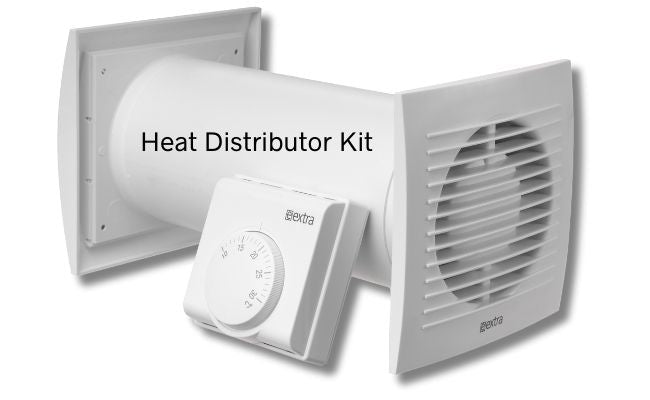
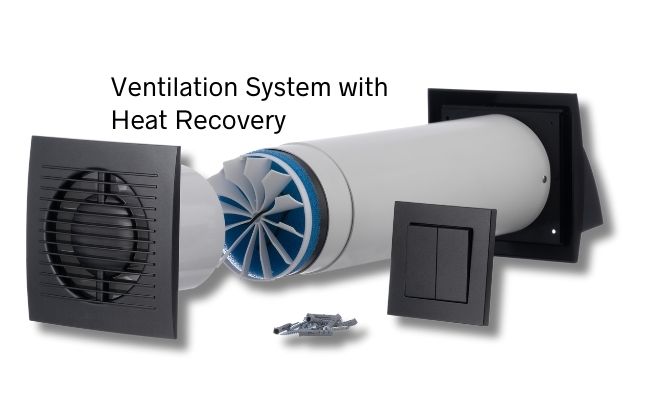
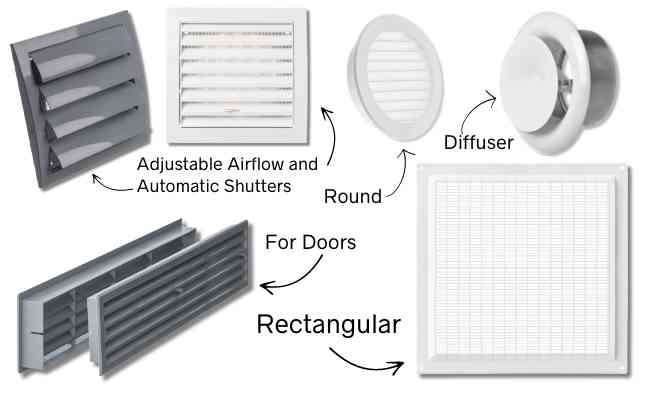
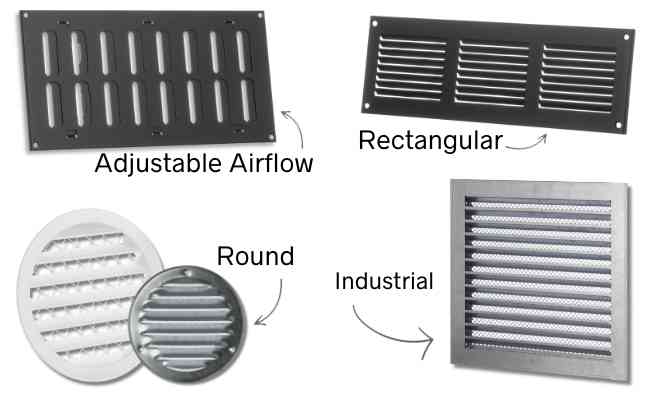
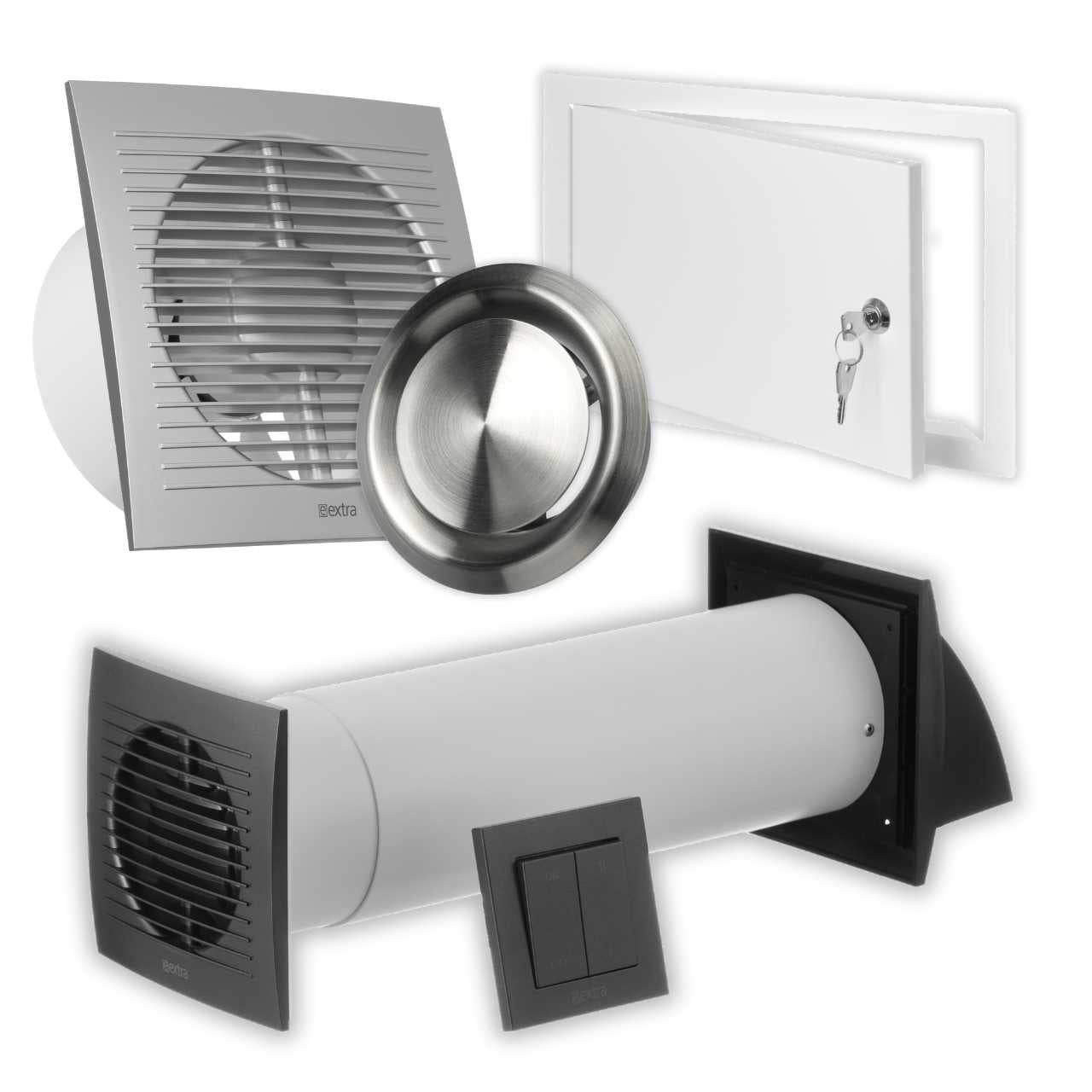
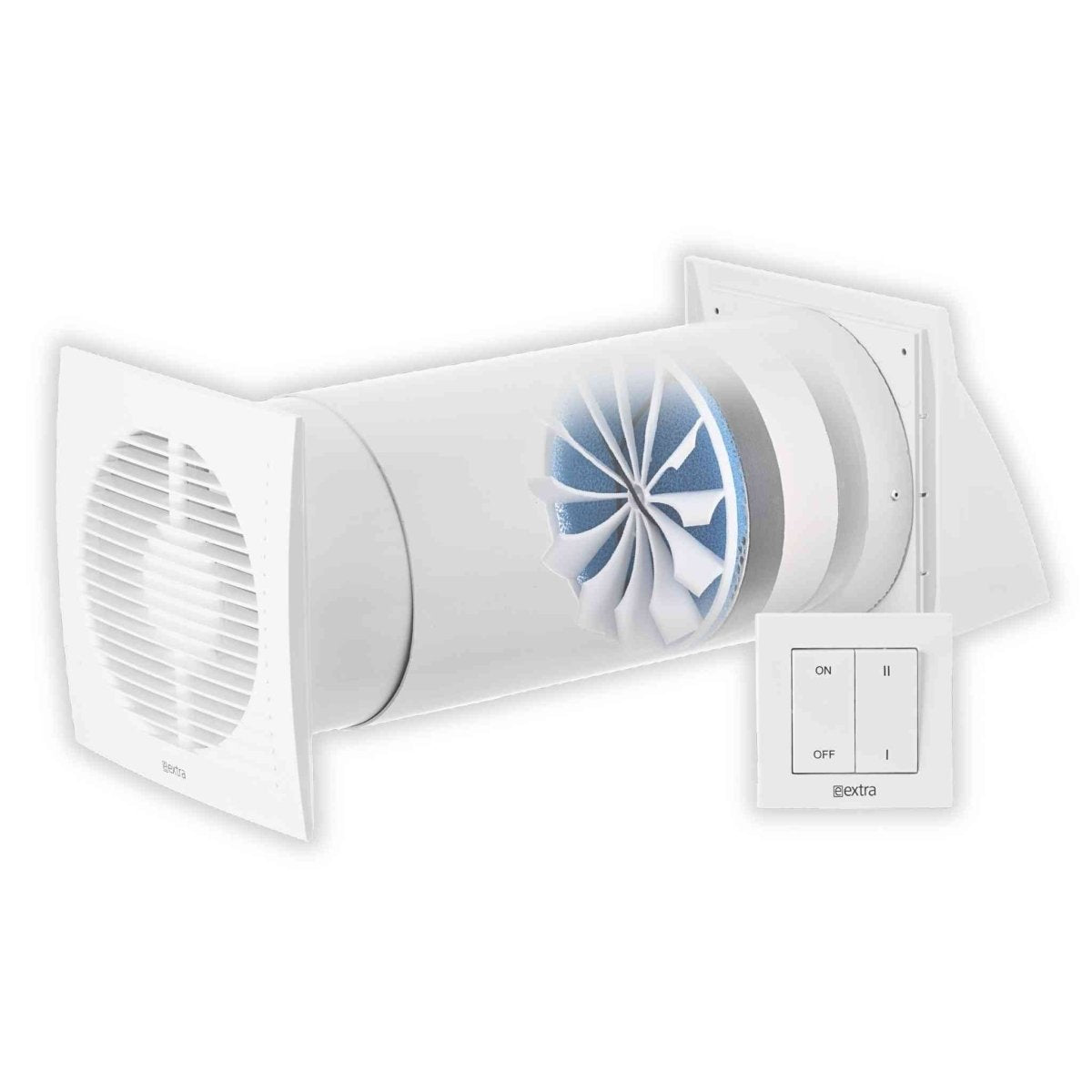
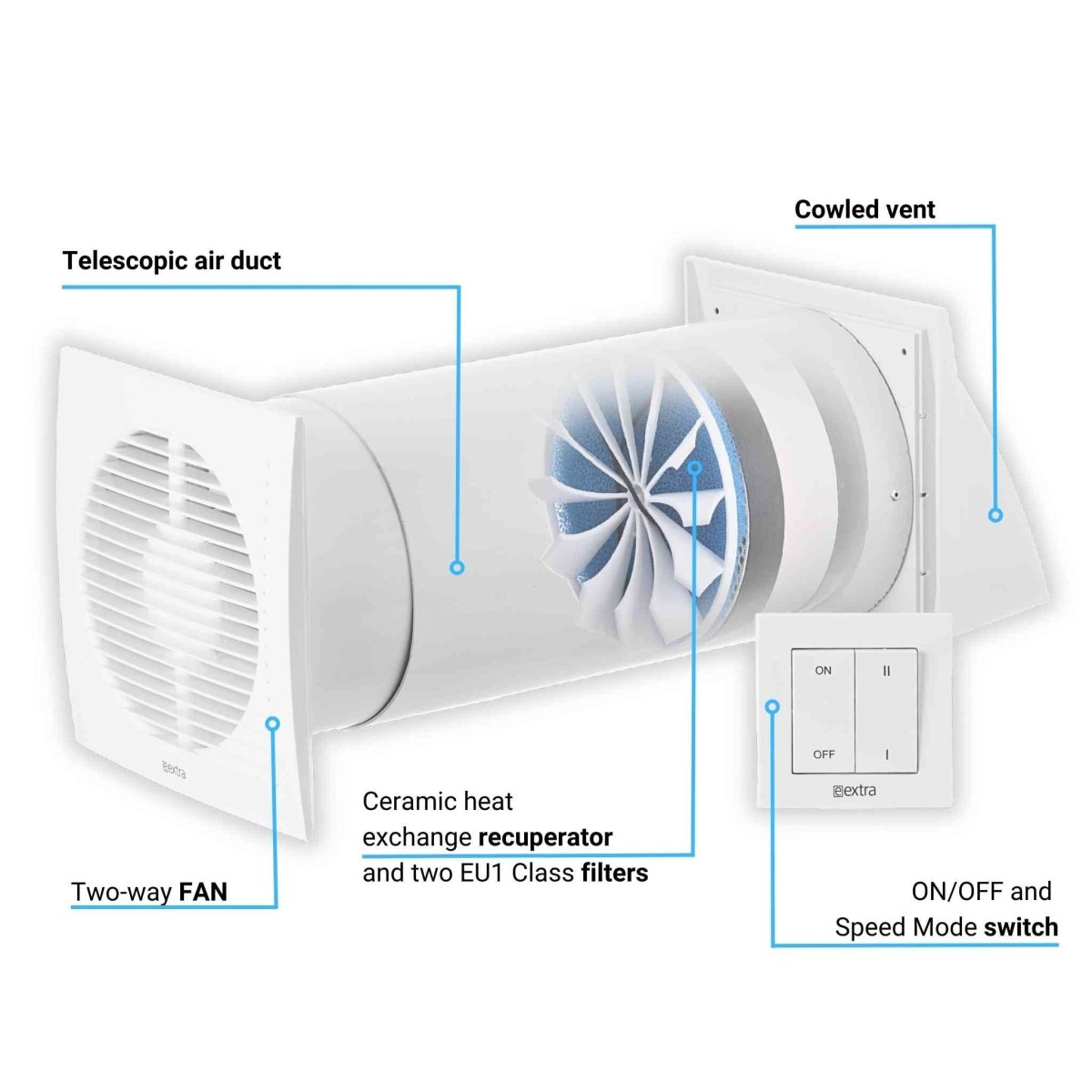
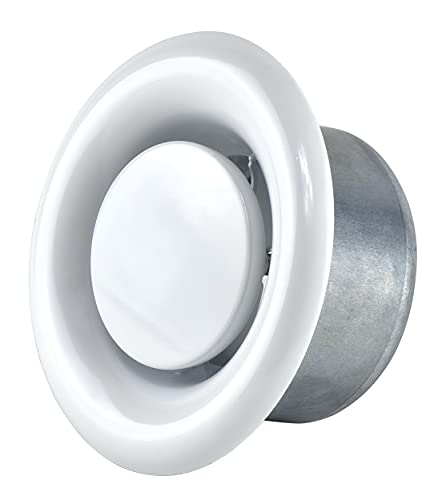
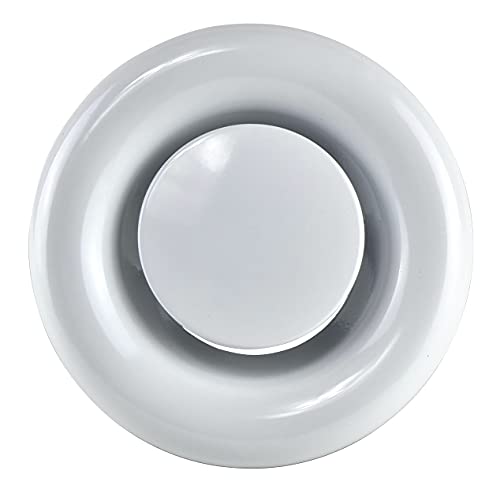
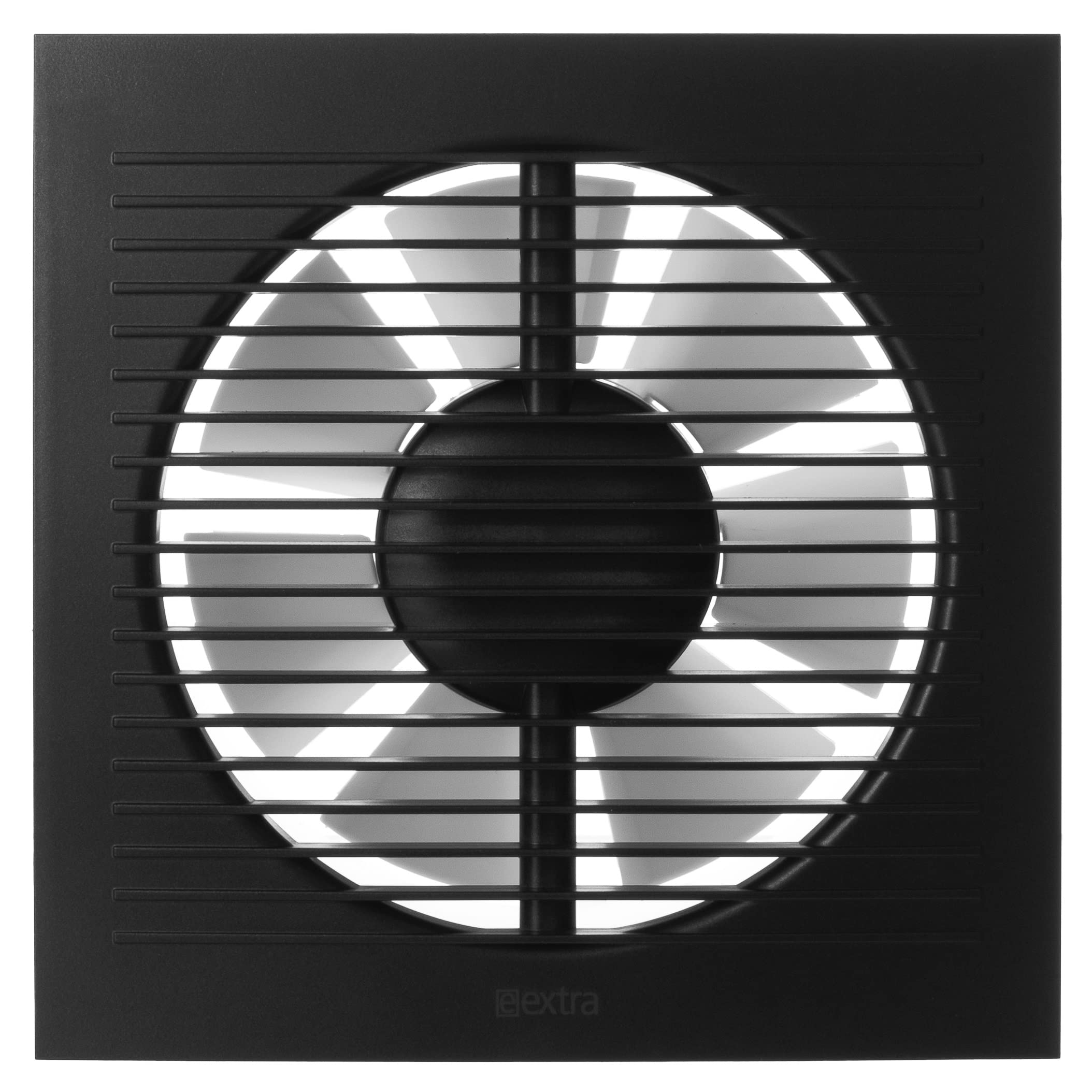
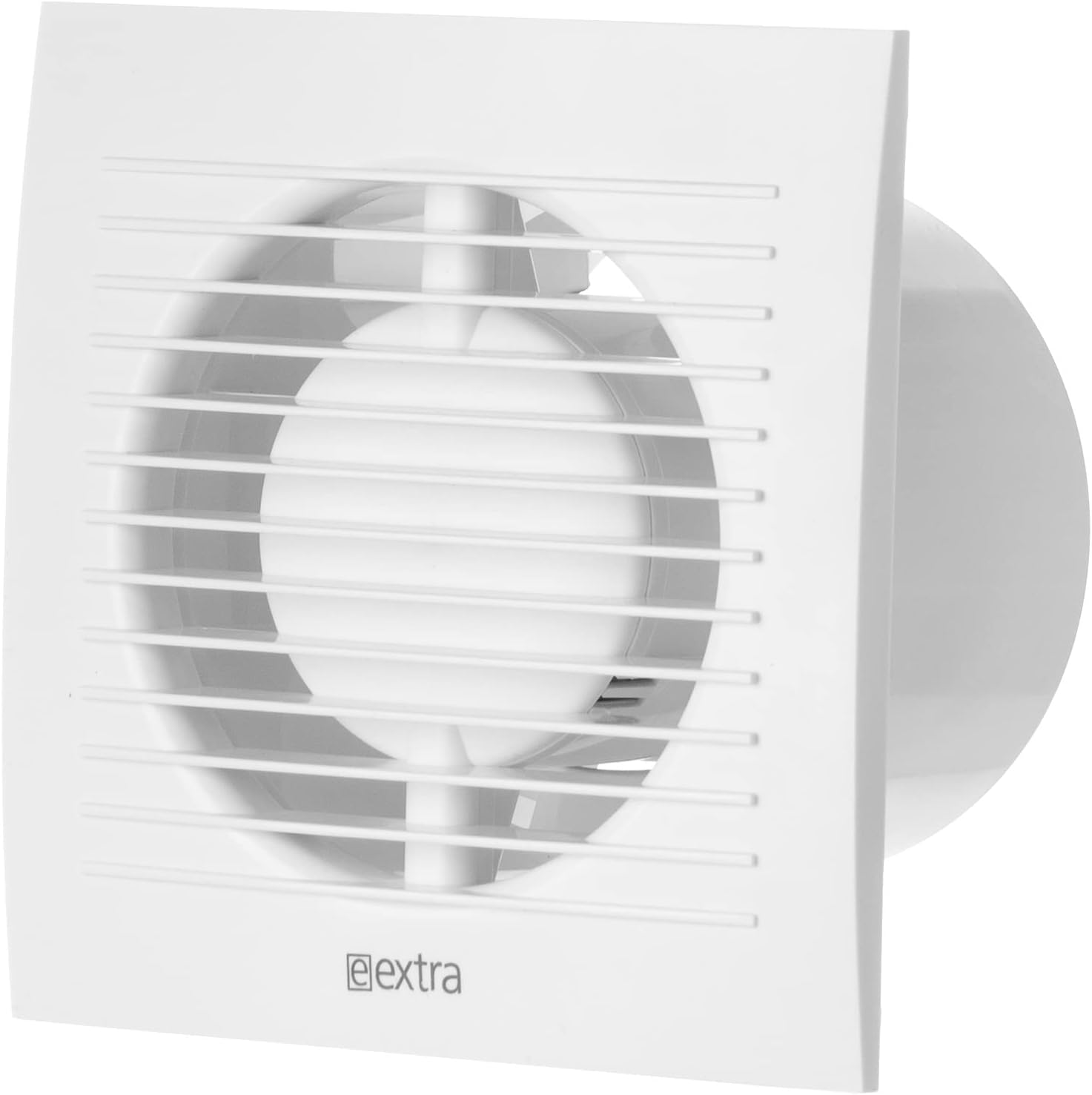
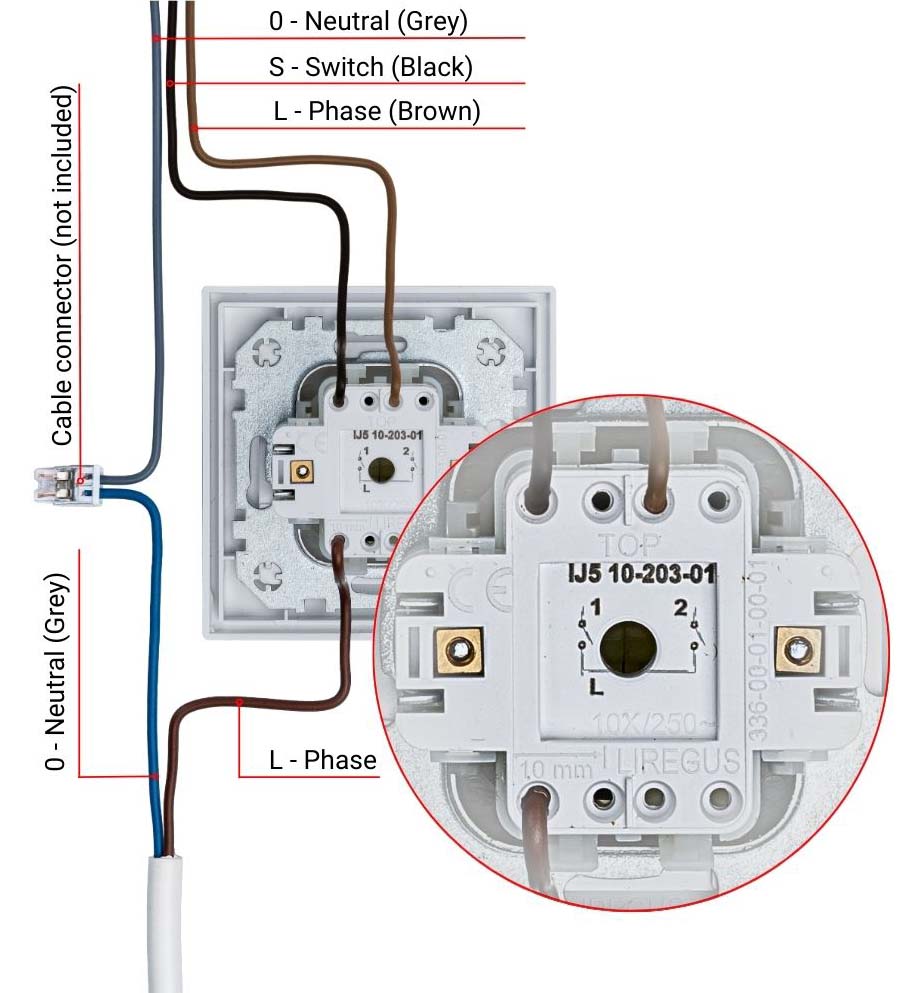
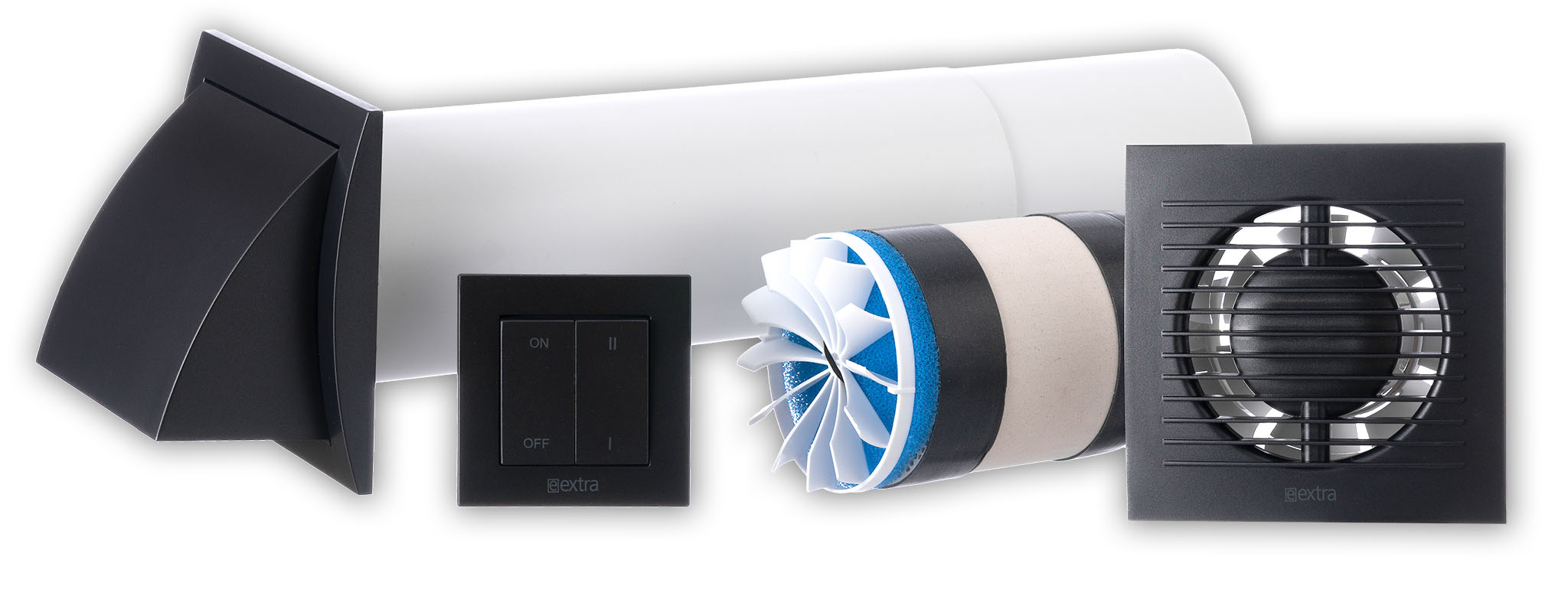
Leave a comment
This site is protected by hCaptcha and the hCaptcha Privacy Policy and Terms of Service apply.